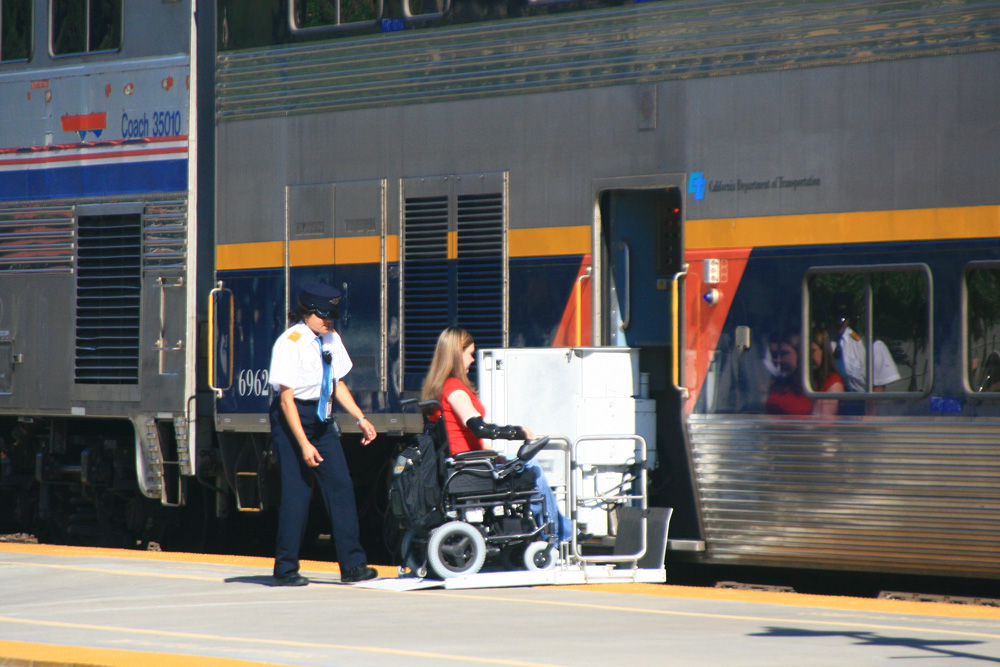
WASHINGTON — Amtrak has now brought 117 of its stations into compliance with the Americans with Disabilities Act and made another 67 stations accessible under its ADA Act Stations Program, the passenger operator said Wednesday in an update on its accessibility efforts.
Another 39 stations are scheduled for completion this year at a forecast cost of $140 million. In all, Amtrak has spent $770 million on station accessibility projects since 2011. The projects include repairs and upgrades to platforms, ramps and sidewalks, and renovations to entrances and restrooms. Amtrak’s target is 100% compliance by 2029.
“As author of the All Stations Accessibility Program Act, a historic bill that was included in the Bipartisan Infrastructure Law, I’m proud that Amtrak is showing its commitment to making passenger rail accessible for everyone, all while creating jobs and bringing investment to Illinois,” U.S. Senator Tammy Duckworth (D-Ill.) said in an Amtrak press release.
Amtrak’s effort also include deploying boarding equipment, including bridge plates, to help customers with reduced mobility board and exit trains, and audio and visual train status information at stations. Coming Acela and Aero equipment will also feature accessible restrooms, vestibules, and café cars, with built-in boarding equipment, while Superliners are receiving accessibility improvements.
“These investments benefit all of our customers by improving the travel experience at every aspect of the journey from trip planning, to purchasing tickets, to using our stations, trains and services,” Amtrak President Roger Harris said. “The execution of work depends on the strong collaboration and shared commitment from the community, the Department of Transportation, local governments, freight railroads and other partners.”
The efforts build on those spelled out in a 2020 agreement with the Department of Justice, which required Amtrak to address accessibility problems at no fewer than 135 stations over a nine-year period. That agreement also required the company to pay more than $2 million to more than 1,500 individuals who experienced disability discrimination in traveling or attempting to travel by train [see “Amtrak pays over $2 million to disabled …,” Trains News Wire, Jan. 13, 2022]. Amtrak had established an Office of the Vice President of Stations, Properties & Accessibility to coordinate its ADA compliance prior to that settlement.






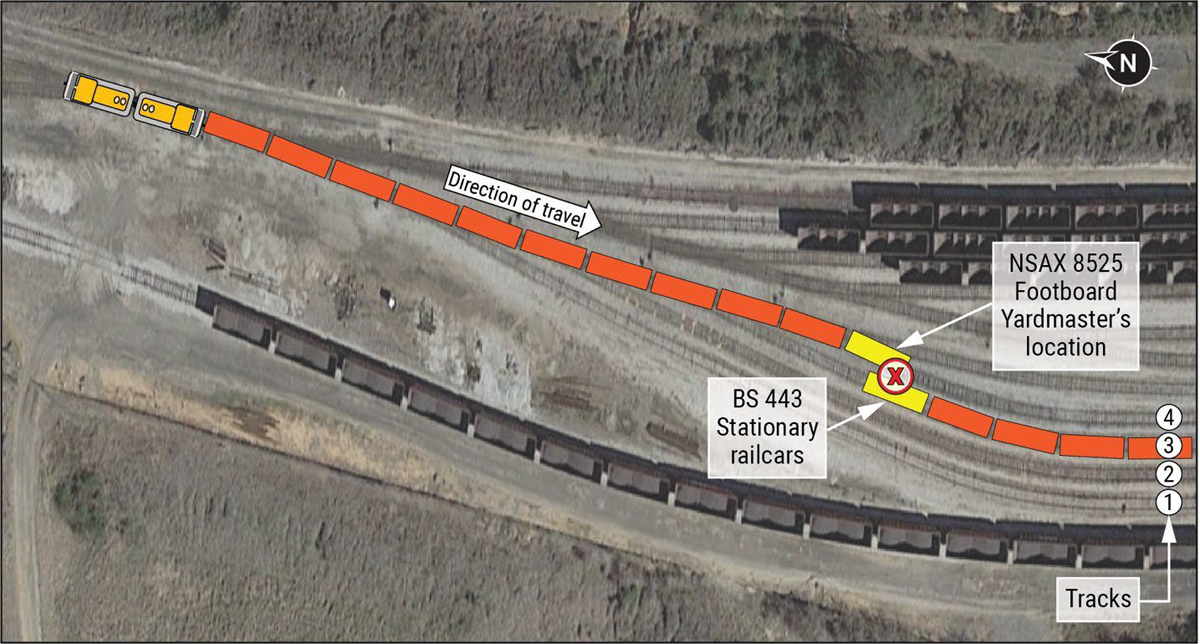
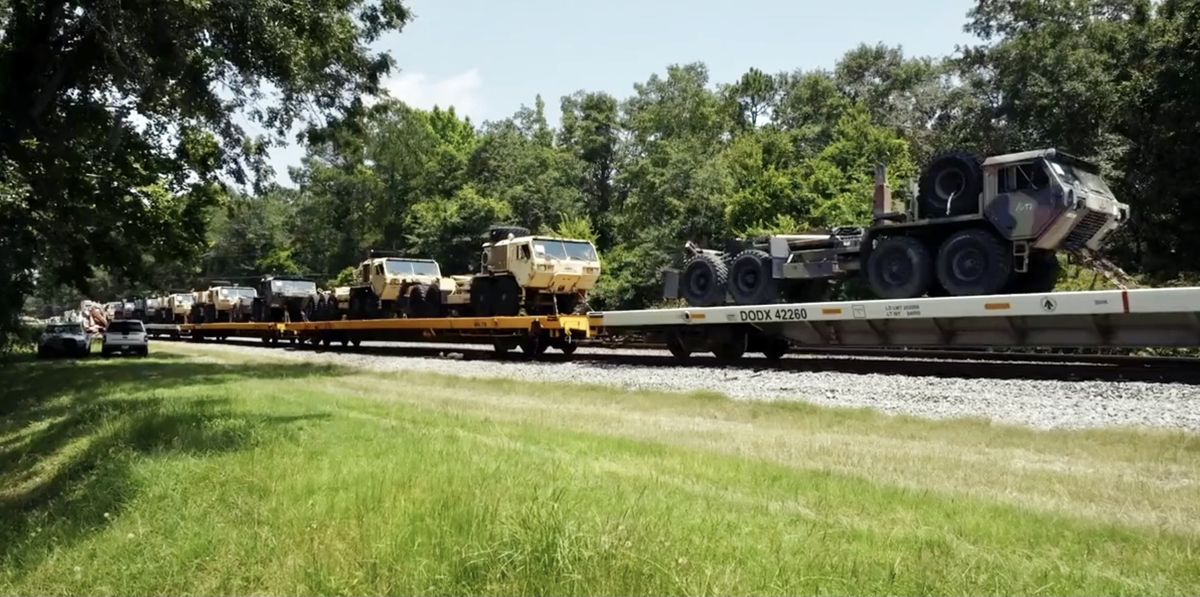
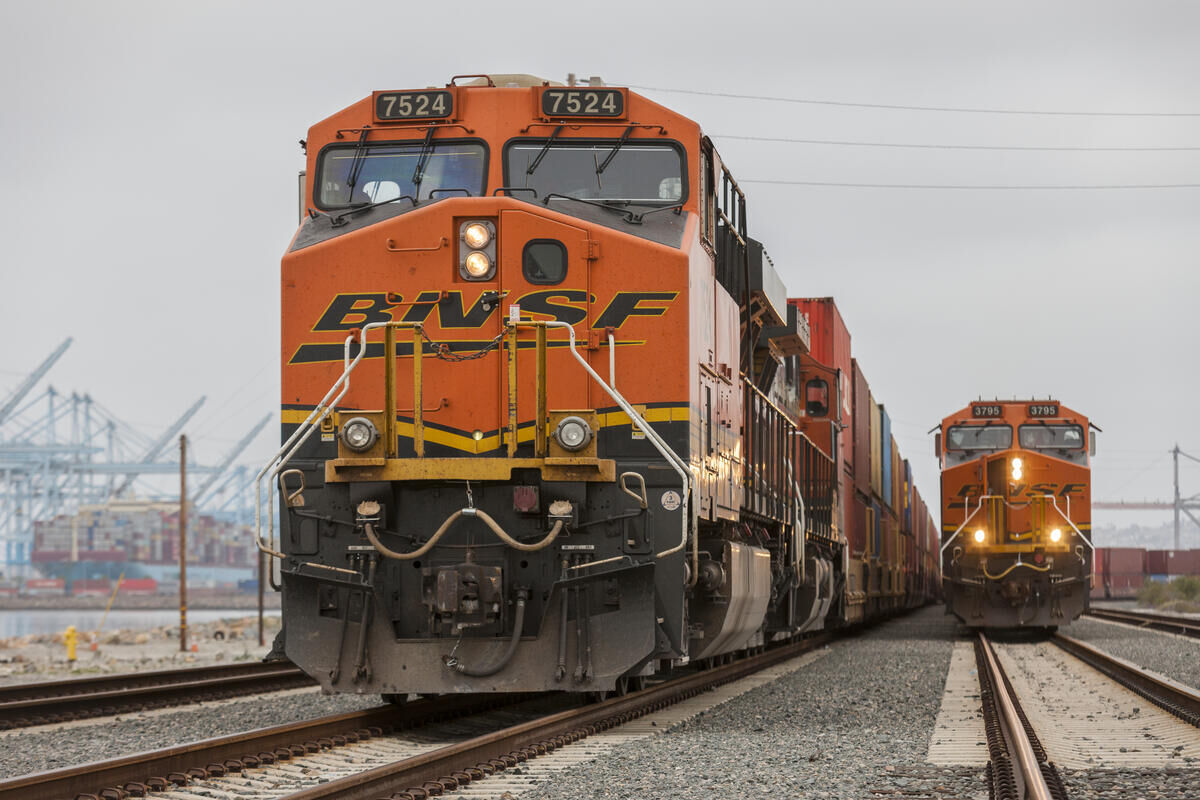
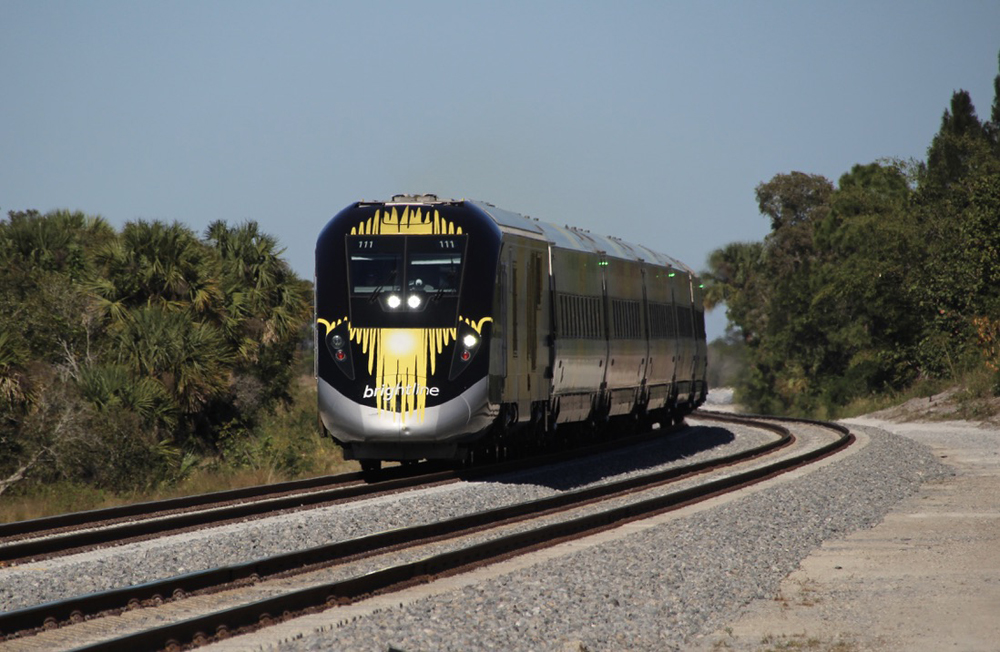




In all of this discussion, please remember that the Superliner cars, designed in the late 70’s were the first ever accessible transportation vehicles. And being built years before the ADA was passed, so give Amtrak some credit.
Meanwhile the airlines are grumbling that ADA standards will require accessible washrooms on NEW aircraft beginning in 2026. Old aircraft are exempt and the only wheelchair that must be accommodated under the new regulations is an airline “aisle chair.”
Good news about work done since 2011 but the ADA was passed in 1990 so we will be looking at 39 years if and when the goals are met in 2029. Not picking on AMTRAK, Congress is great at passing rules but not providing the funds to meet the goals established.
I’m all for ADA compliance…but some of it is honestly stupid. Our airport for one is doing a bunch of ADA work, which includes widening the older restrooms by 1 INCH, yes, 1 little INCH. Replacing all the starwell handrails with, hand rails that use more steel and have 12 inch extensions at the bottom, for what purpose? There’s other stupid stuff included as well, but I’m sure the same stuff has been going on with Amtrak stations as well.
As an architect for 40 years I had lots of experience with ADA compliance. It can be annoying at times. However, the expanding a restroom by 1 in. may seem ridiculous it is likely cheaper than losing an accessibility lawsuit. As for the handrail extensions, they are necessary for elderly and disabled people to steady themselves as they begin to climb stairs. As unnecessary as it may seem, think of yourself ending up in a wheelchair, or braces on your leg and a special cane and finding out there are places you can’t go anymore?